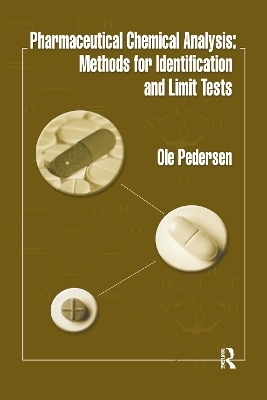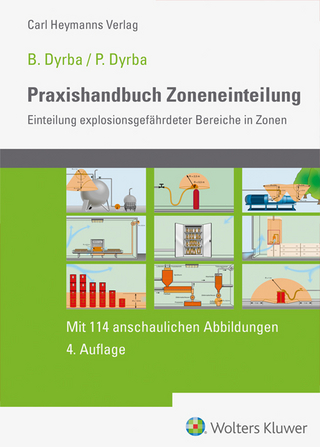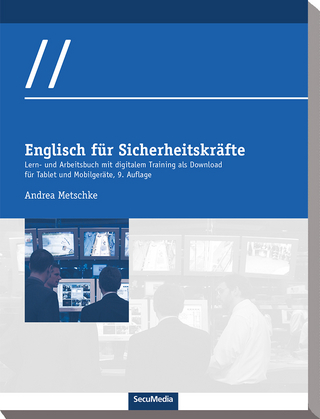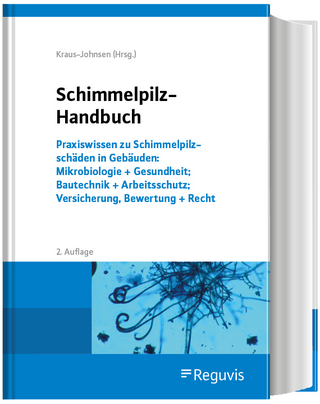
Pharmaceutical Chemical Analysis
Crc Press Inc (Verlag)
978-0-8493-1978-5 (ISBN)
Complete, referenced information in an easy-to-use format
Many of the monographs in the European Pharmacopiea, the industry standard test for certain groups of ingredients and excipients, do not describe the tests in full, but reference general methods based on test-tube chemistry. When a test fails, you need to know what went wrong, how it can be fixed, and how to convince QA/QC that the tested material is okay. This gives you little time to dig out the relevant scientific literature, literature that is often so old it doesn’t show up in an electronic search.
Making this knowledge easily accessible and directly applicable to work in the lab, Pharmaceutical Chemical Analysis: Methods for Limit Tests and Identifications explains the purpose of these older tests, the chemistry involved, and hazards to avoid. The book covers the identification of ions and functional groups tests and limit tests respectively. It covers subjects relevant to all the pharmacopoeial identification/limit test and then goes on to describe the individual tests in chapters organized and named as they appear in the European Pharmacopoeia. Each chapter begins with a short discussion on the purpose and rationale of the tests, followed by a review of the physical and chemical characters of the target ion or compound. The author describes the chemical background and logic of the individual procedural steps of the test with formulas and reaction and provides tips on the strengths and weaknesses of these techniques in terms of specificity, ruggedness, and potential procedural pitfalls.
Strict regulatory requirements and economic pressures make the pharmaceutical industry understandably reluctant to replace a test that is simple, cheap, and performs well with expensive, unvalidated instrumental techniques. This resource bridges the gap by providing an in-depth understanding of the principles behind the European Pharmacopoeia tests and how to use them, saving you valuable production time.
Ole Pedersen
Identifications. Precipitations in Identifications. Color Reactions in Identifications. Acetates. Acetyl. Alkaloids. Aluminum. Amines, Primary Aromatic. Ammonium Salts. Ammonium Salts and Salts of Volatile Bases. Antimony. Arsenic. Barbiturates Non-Nitrogen Substituted. Benzoates. Bismuth. Bromides. Calcium. Carbonates and Bicarbonates. Chlorides. Citrates. Esters. Iodides. Iron. Lactates. Lead. Magnesium. Mercury. Nitrates. Phosphates. Potassium. Salicylates. Silicates. Silver. Sodium. Sulphates. Tartrates. Xanthines. Zinc. Limit Tests. Precipitations in Limit Tests. Color Reactions in Limit Tests. Ammonium. Arsenic. Calcium. Chlorides. Fluorides. Magnesium. Magnesium and Alkaline-Earth Metals. Heavy Metals. Iron. Phosphates. Potassium. Sulphates. Sulphated Ash. Total Ash. Free Formaldehyde. Alkaline Impurities in Fatty Oils.
| Erscheint lt. Verlag | 13.1.2006 |
|---|---|
| Zusatzinfo | 200 Illustrations, black and white |
| Verlagsort | Bosa Roca |
| Sprache | englisch |
| Maße | 156 x 234 mm |
| Gewicht | 453 g |
| Themenwelt | Technik |
| ISBN-10 | 0-8493-1978-1 / 0849319781 |
| ISBN-13 | 978-0-8493-1978-5 / 9780849319785 |
| Zustand | Neuware |
| Haben Sie eine Frage zum Produkt? |
aus dem Bereich


